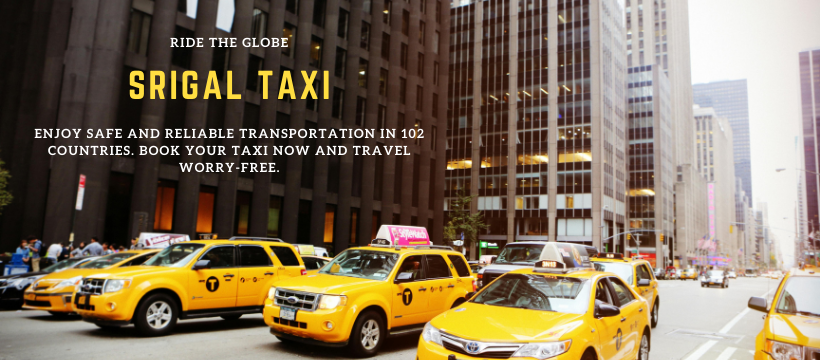
Ranomafana National Park is in southeastern Madagascar. It is in the Haute Matsiatra and Vatovavy regions. Established in 1991, it is Madagascar’s fourth national park.
This site protects over 41,600 hectares of tropical rainforest. It spans elevations from 800 to 1,200 meters. Several rare species of plants and animals live there.

It later became part of the UNESCO World Heritage Site Rainforests of the Atsinanana. The Centre ValBio research station is next to the park.
This beautiful site gets its name from the Malagasy word rano mafana. It is due to the hot springs in the nearby town of Ranomafana.
More Information About Ranomafana
The park’s range of altitudes produces a variety of forest types. These include lowland rainforests and cloud forests. These forests support high levels of biodiversity.
The park hosts 90 species of butterflies and 112 species of frogs. It also hosts 22 species of lizards, 22 species of snakes, and 118 species of birds.
Thirty of the bird species are available only in the park. Notable birds include ground rollers, blue vangas, short-legged ground rollers, and brown mesites.
There are four main sites available for scientific research in this fantastic park. Talatakely is a place within walking distance of Centre ValBio. This site is accessible to tourists off of Route 25.
It is the site of the original research camp, without any doubt. It is one of the few locations in the park where the Prolemur simus can be visible.
The three remaining research sites maintain bush camp facilities. Researchers have also conducted research throughout the park.
All national parks in Madagascar require visitors to have a local guide. It has seven hiking trails. They vary from 10 to 20 km (6.2 to 12.4 mi).
The trails offer opportunities for birdwatching, viewing lemurs, and seeing waterfalls. Talatakely has well-defined paths and stairs.
Wear sturdy shoes because the way can be slippery when wet. You can arrange specialist guides through Centre ValBio for excursions. You can also arrange kayaking or canoeing.
Ranomafana has a hot springs pool. A private tourist operator runs an eco-lodge at the park entrance. Also, several hotels are in Ranomafana village.
You can camp near the park’s main road at Centre ValBio, the research hub. This area is 65 km (40 mi) northeast of Fianarantsoa and 139 km (86 mi) west of Mananjary.
The site office is at the entrance to the Ambodiamontana, 6.5 km (4.0 mi) from the town of Ranomafana. National Road 25 and National Road 45 cross this magnificent area.
Ranomafana is one of the most picturesque national parks in Madagascar. It means hot water because of the hot springs found in the area.
It now provides a protected environment for these endangered animals. It is one of the most accessible and appealing stops on any itinerary on the island.
Hotel Thermal Ranomafana is a 20-minute drive from the Ranomafana Park HQ. The hotel offers 21 yet furnished rooms. Each room has its own air-conditioning.
The hotel boasts a large restaurant with an outdoor terrace. It provides a good range of cuisines and a generous wine list. It also offers WiFi throughout.
Enjoy exploring this stunning region during the day. Then, retire to your comfortable hotel. The park has different trails of varying length and duration.
The shorter circuits are more popular and get busier. Meanwhile, the longer ones offer wildlife spotting away from the higher footfall.
The Varibolomena circuit takes about 4 hours to complete. It offers some great opportunities to spot the bamboo lemurs. You can do this while passing a waterfall en route.

The Vohiparara route can take up to two days to complete. It crosses the national park via a sacred lake. In contrast, Sahamalaotra is a 10-kilometer round circuit.
Varikatsy has slightly rougher terrain. It takes one or two days to complete. The added attraction is a natural pool to cool off in. The most challenging trek is Soarano.
- Lake Alaotra: A Beautiful Spot In Madagascar
- Lake Anosy: AN Amazing Area In Madagascar
- Mantasoa: A Beautiful Municipality In Madagascar

A Bangladeshi entrepreneur. A person who loves nature, a web developer, and the founder of Srigal and Nehrin.